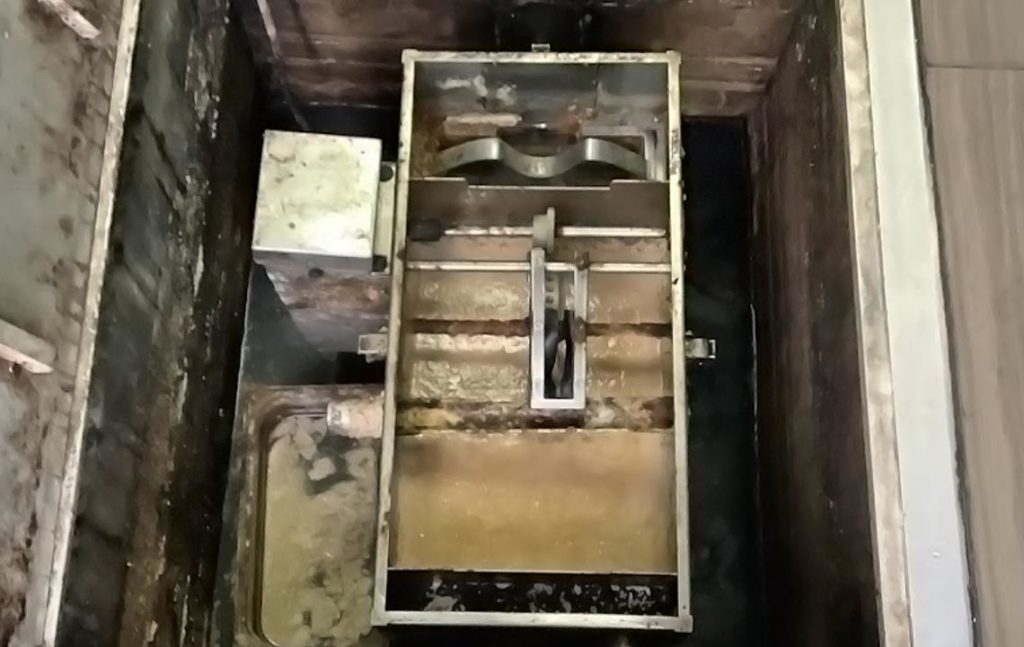
A grease trap’s life expectancy can vary depending on various factors, including its type, size, usage, maintenance, and local regulations. Grease traps are essential components in commercial kitchens and food service establishments, designed to capture and prevent the discharge of fats, oils, and grease (FOG) into the sewer system. Understanding the factors influencing the lifespan of a grease trap is crucial for proper maintenance and compliance with environmental regulations.
What It’s Made Of
One of the primary determinants of a grease trap’s lifespan is its material composition. Grease traps are commonly made of materials such as stainless steel, concrete, or plastic. Stainless steel traps are known for their durability and resistance to corrosion, making them a popular choice in commercial kitchens. Concrete traps, on the other hand, may be susceptible to deterioration over time due to the acidic nature of fats and oils. Plastic traps are lightweight and resistant to corrosion but may not be as durable as stainless steel.
Size
The size of a grease trap also plays a significant role in its longevity. Larger traps generally have a longer lifespan as they can accommodate more FOG before requiring maintenance. Smaller traps may need more frequent cleaning, impacting their overall lifespan. Proper sizing of grease traps according to the kitchen’s needs is essential for optimizing their efficiency and lifespan.
Maintenance
The frequency and effectiveness of maintenance practices directly impact the lifespan of a grease trap. Regular cleaning and maintenance are crucial to prevent the accumulation of FOG, solids, and debris within the trap. Neglecting proper maintenance can lead to clogs, foul odors, and decreased efficiency. The frequency of maintenance depends on factors such as the volume of wastewater generated, the type of cooking processes involved, and local regulations.
Local Regulations
Local regulations and compliance requirements also influence the lifespan of grease traps. Many jurisdictions have specific guidelines regarding the installation, sizing, and maintenance of grease traps to prevent environmental contamination. Establishments must adhere to these regulations to avoid penalties and ensure the longevity of their grease traps. Regular inspections by regulatory authorities may be required, and failure to comply can result in fines and legal consequences.
Volume Going In
The type of cooking processes in a commercial kitchen affects the amount and composition of FOG entering the grease trap. High-volume kitchens with intensive frying activities may experience a more rapid buildup of grease, necessitating more frequent maintenance. Awareness of the kitchen’s cooking practices is essential for implementing an effective maintenance schedule and preserving the grease trap’s lifespan.
In conclusion, the life expectancy of a grease trap is influenced by a combination of factors, including material composition, size, maintenance practices, local regulations, and the nature of cooking processes. Regular and proactive maintenance, adherence to regulations, and choosing an appropriate-sized and durable grease trap are key elements in maximizing its lifespan. Establishments should prioritize proper care and compliance to ensure the continued efficiency and functionality of their grease traps, contributing to a sustainable and environmentally responsible operation.
